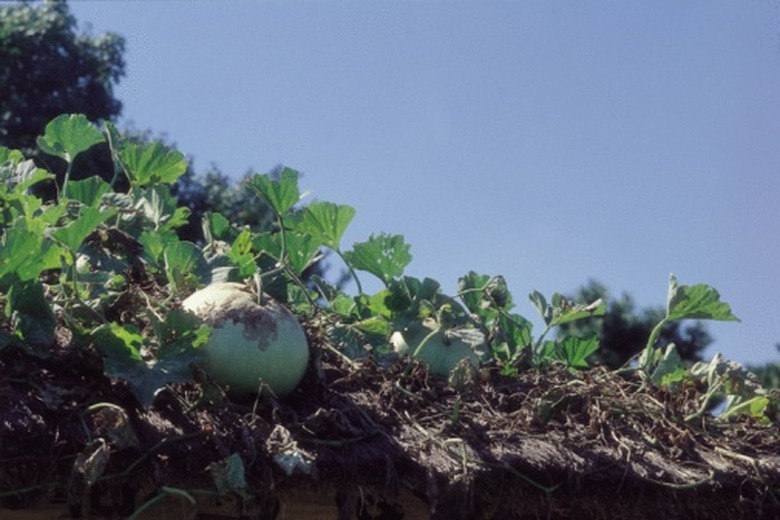How To Plant A Fall Garden In Oklahoma
Things Needed
- Tiller
- Quick-draining soil
- Organic compost
- Starter fertilizer
- Spade/shovel
- Mulch
Vegetable gardens start in spring and grow through summer for a full harvest, but often die away in midsummer, to wait for replanting in spring. Savvy gardeners learn to time their gardens carefully and replant summer vegetables at the midsummer point for a second harvest. These "fall" gardens must grow to maturity and bear fruit before frost, or contain only frost-hardy vegetables. In Oklahoma's USDA growing zones 6 and 7, get your timing and selection exactly right on your fall garden to bring in a second harvest.
Step 1
Start your fall garden two to three months before the first frost in your area, depending on what you want to grow. First frost hits Oklahoma in mid-October, so begin your planting or planning in mid- to late July.
Step 2
Prepare your garden soil several days before planting, even if you've amended it for an earlier crop in the same year. Vegetable crops deplete soil, so it's important to give every new crop a new growing foundation. Till all old vegetation into the soil to compost, and pull up any weeds. Mix quick-draining soil and organic compost in equal parts, and lay 3 to 4 inches of this mixture on top of your garden site. Dig the mixture into the top 6 inches of soil to prepare the new growing bed. Add starter fertilizer to help new vegetable plants take root.
- Vegetable gardens start in spring and grow through summer for a full harvest, but often die away in midsummer, to wait for replanting in spring.
- Start your fall garden two to three months before the first frost in your area, depending on what you want to grow.
Step 3
Plant long-season veggies by the end of July. These may include beans, cucumbers, eggplants, peppers, tomatillos and tomatoes, and can take up to 90 days to mature to harvest. Spread 3 to 4 inches of organic mulch through the vegetable garden to help maintain soil moisture in this extremely hot period.
Step 4
Plant shorter-season veggies and veggies that withstand frost by mid-August. These may include summer squash, carrots, lettuce, radishes, beets, cauliflower, garlic, kale, turnips and spinach. These vegetables will still grow to maturity before frost, or can handle frost when it comes. Replenish your mulch layer with this new planting.
- Plant long-season veggies by the end of July.
- These may include beans, cucumbers, eggplants, peppers, tomatillos and tomatoes, and can take up to 90 days to mature to harvest.
Step 5
Water the fall garden with 2 to 3 inches of water twice a week to protect it from the intense heat of Oklahoma's late summer.
